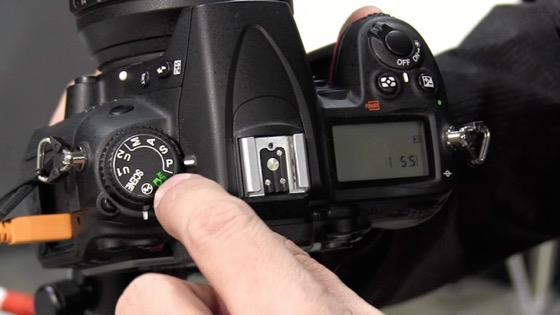I’m happy to announce that Digital Photography Basics is now available. And it’s just 10 bucks! This is a great workshop that’s perfect for those who are just getting started, but if you want to see a professional at work then you should check out boudoir photography. Learn about camera modes, the exposure triangle, metering, white balance, and more!
Click here to view the workshop
This workshop has over 3 hours of content. You can watch it online or download it for viewing offline at anytime. Buy once and keep it forever! You can watch on any device (and even some TVs).
Here’s the complete workshop breakdown:
Part 1 – Introduction
Workshop overview and introductions. Understanding exposure. Depth of field (DOF) and extended field of sharpness explained. Controlling motion: blurry vs frozen. The Exposure Triangle and and how that applies to the basic parts of a camera. Aperture, shutter, and ISO overview. The coldest student award.
Part 2 – Program Mode, Metering
Student questions. The mode dial and camera modes. DOF or motion, what’s most important? Program mode demo: changing DOF. Aperture value numbers explained (f/4.5 vs f/22). Demo continued: controlling motion. Full auto vs program mode. How your camera meters light. Chilly Chicken!
Part 3 – Student Questions
White balance, dynamic range, metering modes, white balance and ISO, custom white balance methods, the circle of confusion.
Part 4 – Depth of Field, Lens Choices, Autofocus
Depth of field demo: changing aperture values, distance from subject, length of the lens. Demo: Lens distortion. Tips for shooting portraits. Questions: Why use Lightroom? Hyperfocal distance. DOF preview button. Autofocus points. Autofocus modes.
Part 5 – Student Questions
Mark’s favorite photo gadgets. Failing forward. Shooting portraits with wide angle lenses. Infinity focusing tips. Back button focus. Controlling shallow DOF when shooting portraits. Why tripods were invented.
Part 6 – Student Questions. Shutter and Motion
Macro lenses, lens adapters, ND filters in the studio. Auto exposure lock and auto exposure compensation. Demo: freezing a fan with a fast shutter. Limitations of the pop-up flash.
Part 7 – Shutter and Motion
Fan shots reviewed. Demo: relative speed and shutter speed. Showing motion with long shutter speeds. Slow shutter tricks. Freezing motion in low light. Student questions and workshop wrap up.
